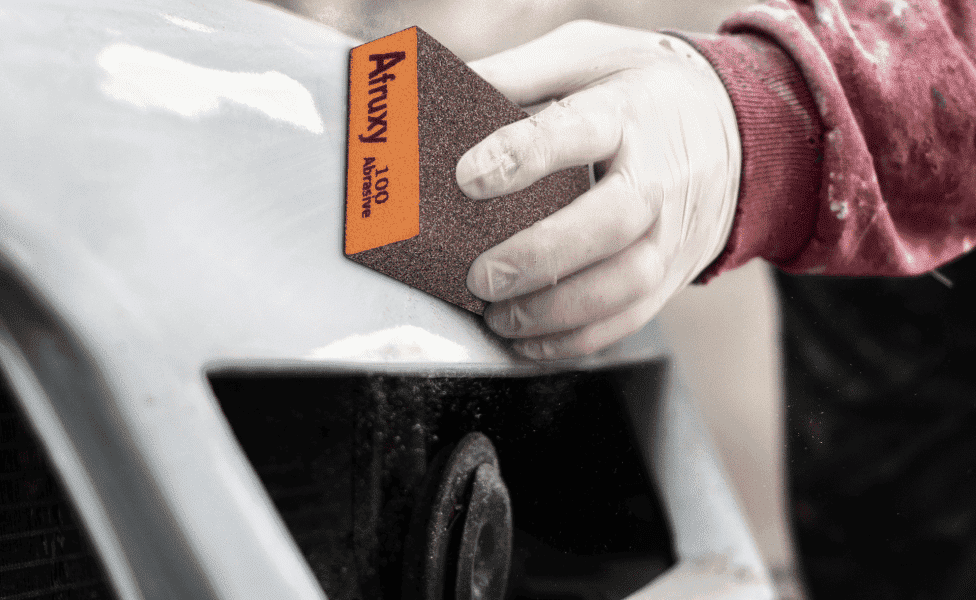DIY hobbies like woodworking benefit greatly from having high-quality tools available. Sandpaper with a grit of 220, for example, is now often seen in garages and basements across the country. Because of its adaptability and efficiency in smoothing surfaces, this fine abrasive substance has made its way into many areas of our daily life. In this article, we’ll discuss the many ways in which 220 grit sandpaper appears in our daily lives, as well as the ways in which it has paved the way for the popularity of sanding sponges in the United States.
A little about 220 Grit sanding paper
Let’s define 220 grit sandpaper first, then we can go on to its practical applications. The grit of sandpaper is a measure of how big the abrasive particles are. Sandpaper with a grit of 220 has 220 grains of abrasive material per square inch. As a medium-fine grade abrasive, 220 grit sandpaper effectively removes material while still leaving a smooth surface.
How and where it is useful
Among the most typical applications for 220 grit sandpaper is in woodworking and furniture restoration. Smoothing rough edges, preparing surfaces for staining or painting, and obtaining a polished finish are all possible with this sandpaper, making it useful whether you’re creating a wooden masterpiece or restoring an old piece of furniture.
- Sandpaper with a grit of 220 comes in helpful for metal finishing and other metalworking activities. It helps get metal surfaces ready for painting or polishing by getting rid of flaws like corrosion and scratches.
- This Grit is commonly used by both amateur and professional auto detailers. Before painting, this method is useful for smoothing out body filler, blending in paint edges, and getting rid of scratches.
- Sandpaper with a grain of 220 is perfect for sanding down joint compound or spackling paste to smooth it out before painting drywall.
- Sandpaper with a grit of 220 is useful for a wide range of do-it-yourself home improvement tasks, including scuffing up walls and cabinets before painting and refinishing tiny wooden objects.
- Hobbyists and artists both value the adaptability of 220 coarse sandpaper for their various projects. Clay, resin, and some polymers can all benefit from its use in shaping and smoothing.
Increased Use of Sanding Sponges in the United States
Sanding sponges have been increasingly popular in the United States in recent years, despite the long history of use of regular sandpaper, especially 220 grit, for this purpose. These sponges have a foam or sponge-like backing and are created from the same abrasive substance as sandpaper. Compared to standard sandpaper, there are a number of benefits to this layout:
- The ergonomic design of sanding sponges makes them comfortable to use for extended periods of time.
- The sponge backing provides additional flexibility, which facilitates sanding on curved or uneven surfaces.
- Sanding sponges are more durable than regular sandpaper since they can be washed and used again and again.
- Because they trap less dust and debris than alternative sanding tools, sanding sponges deliver reliable results time after time.
Final Thoughts
From woodworking and metalworking to auto restoration and Do It Yourself home tasks, sandpaper is an indispensable tool. There is a nice compromise between material removal and finishing smoothness provided by its medium-fine abrasive surface. Also, sanding sponges have been a welcome innovation, replacing rigid sandpaper with a more comfortable and adaptable material in the United States. Sandpaper with a grit of 220 is nevertheless useful for a wide variety of tasks, making it a popular choice among professionals and do-it-yourselfers.



